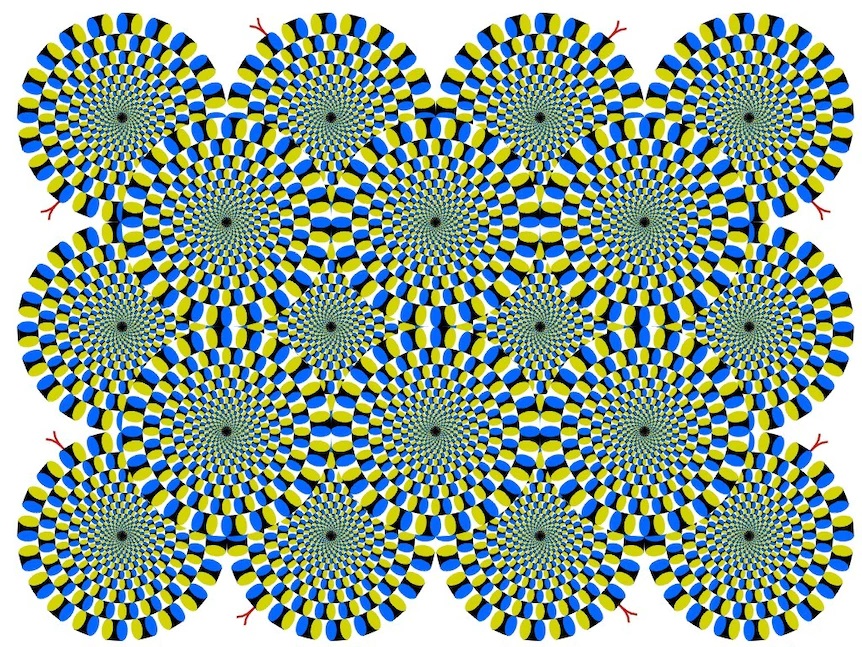Often fooled by optical illusions? Here’s why

If you have ever seen an optical illusion and wondered why you may have been tricked by it, you’re not the only one.
Researchers interested in cognitive science and visual perception have used optical illusions to see how our brain works - even when we’re not being amazed or tricked by a deceptive image.
“Illusions help us understand the rules our brain uses to create reality, based on the input it receives from our senses,” says Mark Williams, an honorary professor of cognitive science at Macquarie University.
“What we actually see or hear or feel or taste or smell isn’t actually what’s out there, but what we think is out there.
“Because we don’t see the world as it actually is, illusions help explain to us how we are creating the world we actually perceive.”
This means that our brains don’t see the world wholly, instead responding to everything it perceives and filtering out what it doesn’t think is important.
“Our sensory systems respond to the sum of all contextual information in which the relative information is more important than the absolute,” says Dr Spehar, a psychologist from the University of New South Wales
“So for example, you perceive colour relative to the background, or you see orientation relative to the frame of reference.
Let’s put our perceptions of reality to the test with this multicoloured illusion.
Is it moving?

Image: Wikimedia Commons
Though this image appears to move, staring at the centre of the image makes it stop.
This illusion, known as rotating snakes, triggers receptors in your eyes that detect movement in your peripheral vision.
Dr Spehar says that though we don’t fully know how the illusion works, it appears to involve the differences in contrast between the black, white, and coloured areas.
“The illusion has a lot of light and dark elements, of both high and low contrast scattered everywhere,” Dr Spehar says.
“[These] stimulate motion-sensitive neurons in the periphery of our visual field.”
Even when you blink or move your eyes, parts of the illusion are projected onto different parts of your eye, meaning that it appears to move in a clockwise or counterclockwise movement.
Image: Wikimedia Commons
